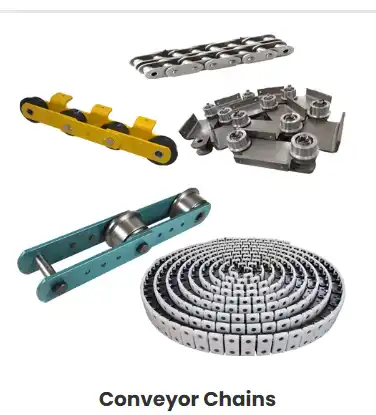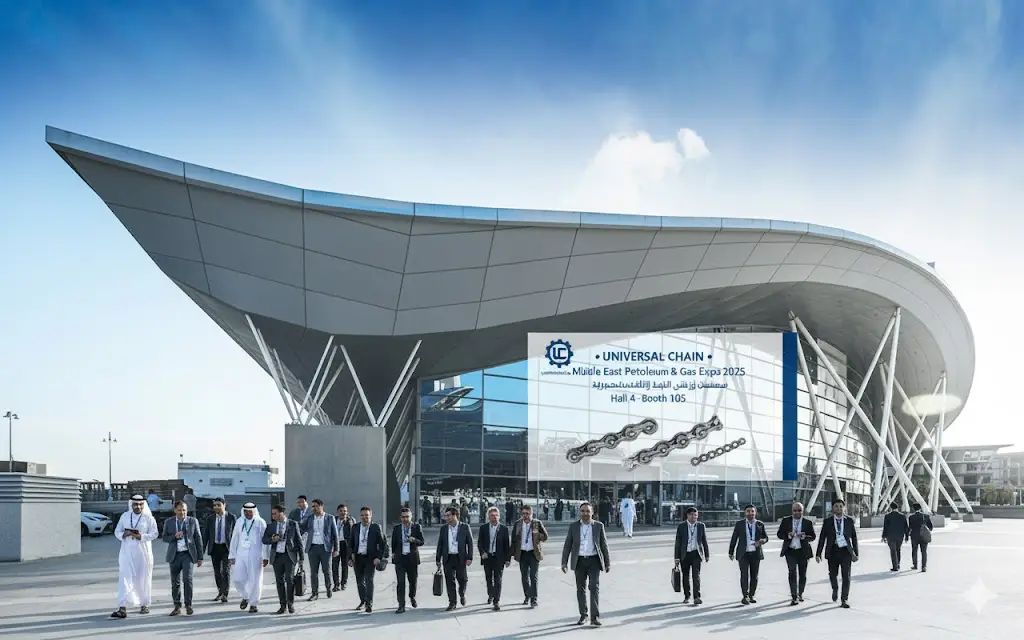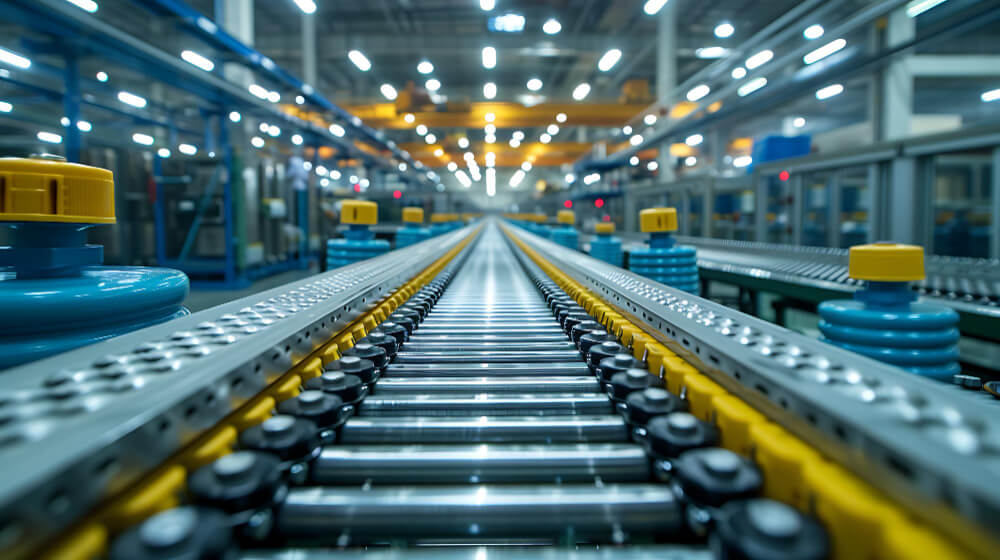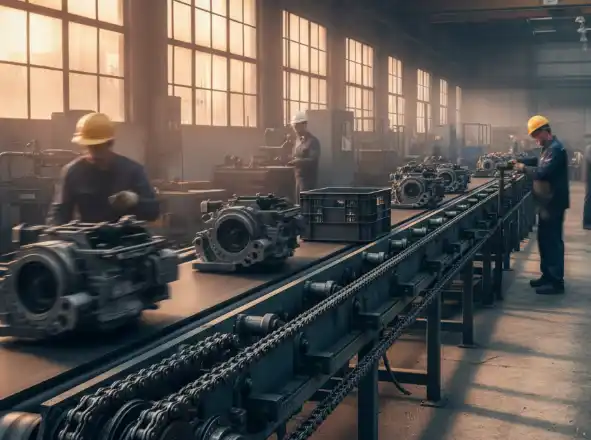
В любом система с цепным приводомДостижение оптимальной производительности и долговечности зависит от двух основополагающих принципов: правильного натяжения цепи и точного расчёта тягового усилия. Это не просто мелкие корректировки, это основа эффективной и надёжной системы. Правильная настройка снижает износ, предотвращает дорогостоящие сбои, и значительно продлевает срок службы вашей цепи.
В этом руководстве представлены основные моменты по натяжению и расчету, которые помогут вам повысить производительность вашего оборудования.
Искусство правильного натяжения цепи
Натяжение цепи – это баланс. Слишком натянутая цепь может привести к ускоренный износ на цепи, звёздочках и подшипниках. Слишком слабое натяжение цепи может привести к проскальзыванию, чрезмерной вибрации и даже к отсоединению от звёздочек.
- Установка правильного провисания: Самый надежный способ добиться правильного натяжения во время монтаж Измерение провисания цепи (величины провисания на стороне провисания). Оптимальное провисание зависит от типа цепи и условий эксплуатации. Основная цель — избежать слишком сильного или слишком слабого натяжения.
- Регулярный осмотр и регулировка: Цепи естественным образом немного удлиняются в период начальной «обкатки». На этом этапе крайне важно контролировать натяжение и корректировать его. Регулярные проверки должны стать частью вашей стандартной практики. процедура технического обслуживания.
В компании Universal Chain мы предоставляем профессиональные консультации по натяжению, предлагая конкретные рекомендации по регулировке с учетом параметров вашего оборудования и условий эксплуатации.
Наука расчета тяги конвейерной цепи
Выбор правильной цепи невозможно без предварительного понимания сил, с которыми оно столкнется. расчет тяги конвейерной цепи является важным шагом для обеспечения цепочки указанная рабочая нагрузка — это безопасный вариант для реального применения. Недостаточно конкретизированная цепочка приведёт к сбою, а чрезмерно конкретизированная — к неоправданным расходам.
Основные факторы, которые следует учитывать при расчетах:
- Вес груза: Общий вес транспортируемого продукта.
- Расстояние транспортировки: Длина конвейерной системы.
- Скорость работы: Насколько быстро должна двигаться цепь.
- Другие факторы: Трение и угол наклона также играют важную роль.
Основываясь на нашем глубоком понимании приводные системыКоманда Universal Chain поможет клиентам с этим важным анализом. Мы предоставляем рекомендации по оценке тяги, чтобы помочь вам выбрать правильную спецификацию цепи, предотвращая неэффективность и повреждения, возникающие в результате неправильного выбора.
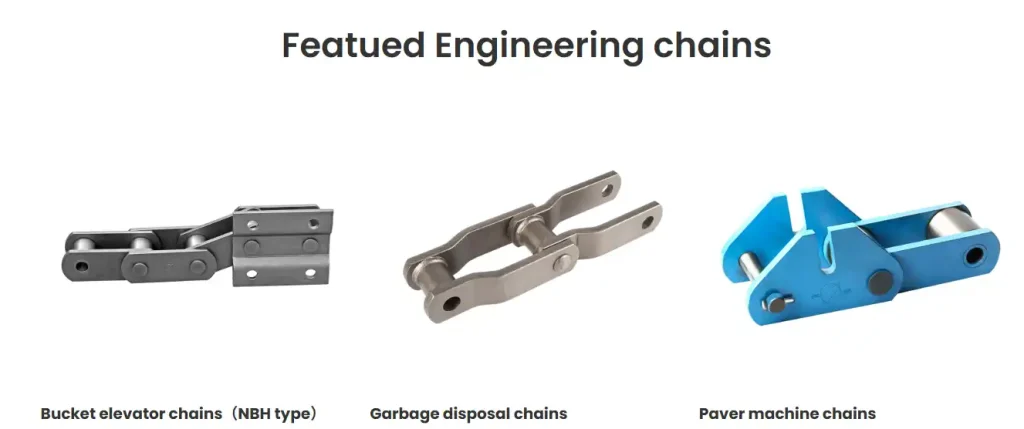
Ваш партнер по оптимизации системы
Независимо от того, настраиваете ли вы натяжение или подбираете цепь для новой системы, наш подход всегда основан на ваших практических потребностях. Объединяя наш многолетний опыт производства с профессиональной технической поддержкой, Universal Chain поможет вам выйти за рамки простой покупки цепи и получить действительно… оптимизация всей вашей приводной системы.
Нужна помощь с расчетами цепи или процедурами натяжения? Свяжитесь с технической командой Universal Chain за практическую поддержку и экспертные консультации.

